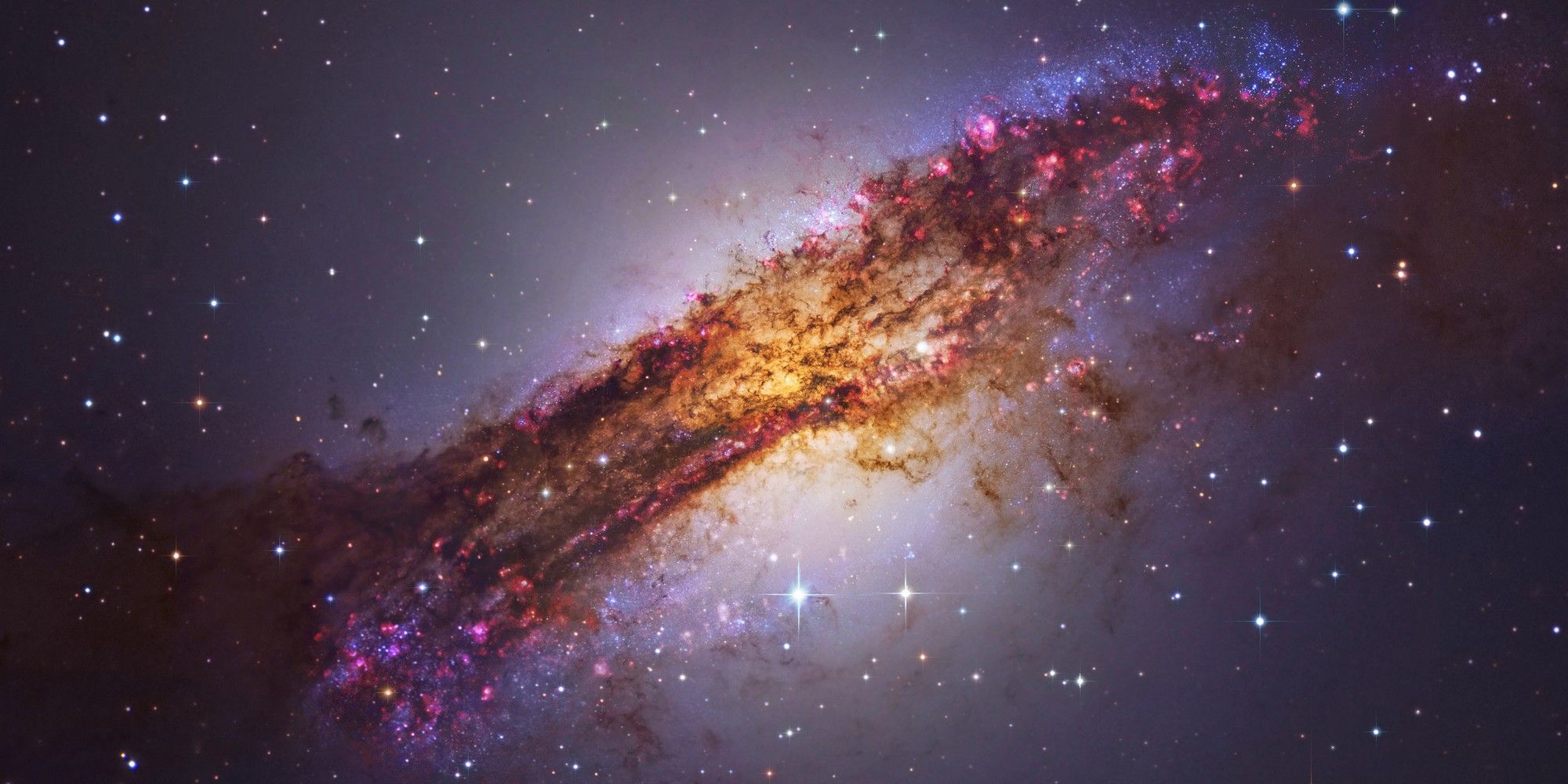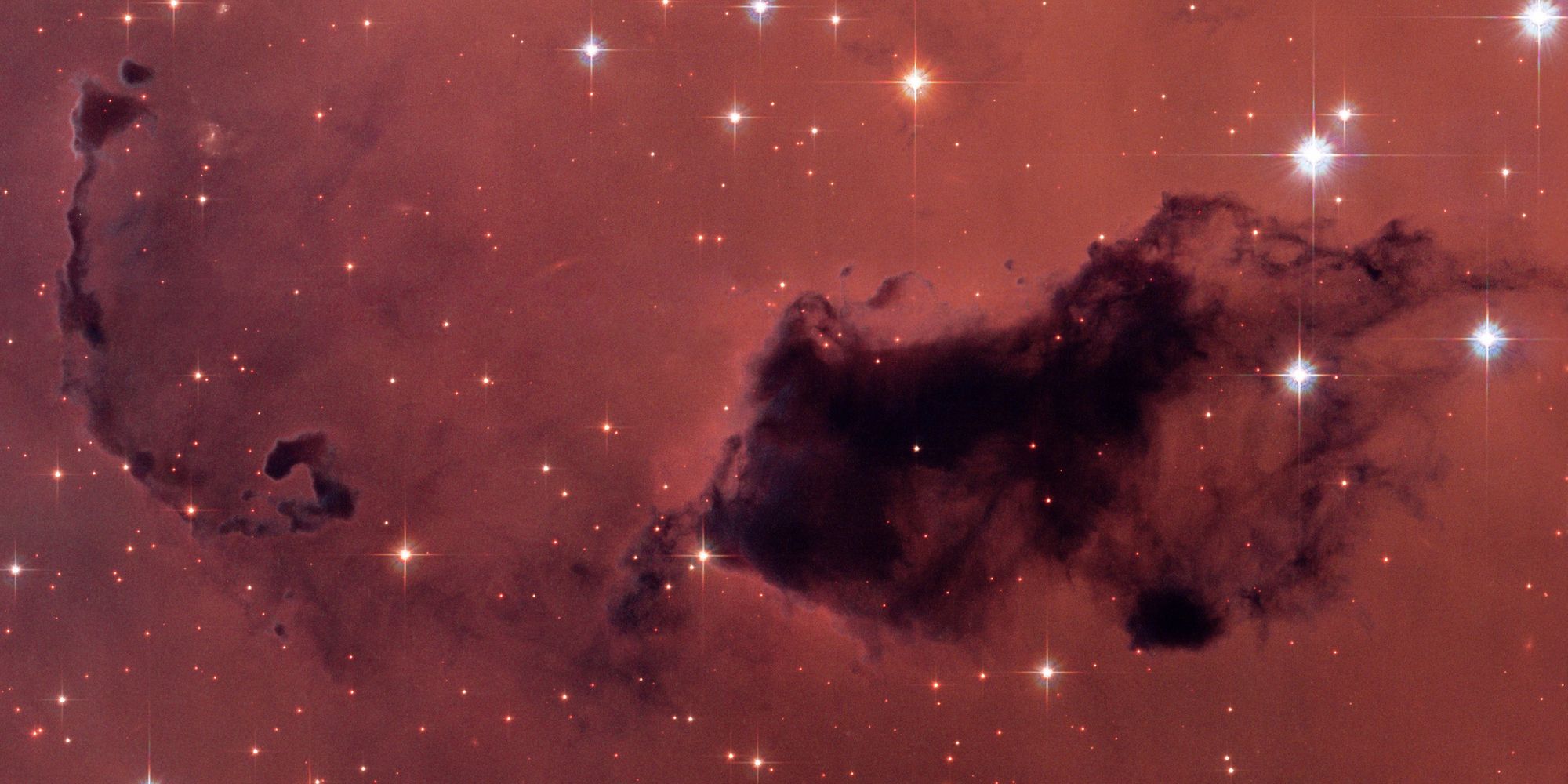Adding more depth to the mysteries of space, scientists have spotted two galaxies billions of light-years away that have remained hidden by cosmic dust and have predicted that nearly one-fifth of early galaxies remain unseen. Dust-obscured galaxies have been a topic of astronomical fascination for a while, primarily because scientists can't predict what wonders they might be hiding. For the unaware, cosmic dust is predominantly tiny particles of solid material floating in the space between stars.
This dust tends to block the path of light coming from bright bodies like stars, supernova explosions and even whole galaxies from Earth and space-based telescopes. But with the development of infrared imaging technology, scientists can finally study the cosmic dust particles that are moved around by magnetic, electrical and gravitational forces. Just over a month ago, a team from the University of Arizona discovered a protocluster of galaxies in the infrared region and called it a "massive shipyard of galaxies."
Now, astronomers from the University of Copenhagen's Niels Bohr Institute claim to have discovered two galaxies that have so far remained invisible because of the cosmic dust surrounding them. The sighting was made using the ALMA radio telescopes (Atacama Large Millimeter Array). This also helped a team from the University of Massachusetts Amherst discover six massive ancient galaxies born soon after the Big Bang and have since run out of fuel to enter a quiescent stage. The two previously undetected galaxies in question are 29 billion light-years away and have been given the names REBELS-12-2 and REBELS-29-2. The research, published in Nature, notes that these two are among "the most UV-luminous galaxies" in that particular redshift range. The team behind the discovery claims that light emitted by these two galaxies has traveled a distance of 13 billion years, but due to the continuous expansion of the universe, they are now 29 light-years away from the Earth.
Clearing Dust From Mysteries Of The Universe
While the discovery is interesting in itself, the conclusions are much more significant. The research has theorized that the early universe was home to more galaxies than previously thought, but most of these have gone undetected so far because they have remained hidden behind clouds of cosmic dust. Based on the findings, the team speculates that between 10 and 20 percent of these ancient galaxies lie hidden behind layers of dust. In a related discovery, scientists recently performed 3D mapping of molecular clouds connecting the Taurus and Perseus constellations and concluded that this star-forming region is actually a giant gas bubble.
"Our discovery demonstrates that up to one in five of the earliest galaxies may have been missing from our map of the heavens," notes Associate Professor Pascal Oesch from the Cosmic Dawn Center at the Niels Bohr Institute. Thanks to advanced observation hardware such as the ALMA radio telescope array, scientists are now hoping to find more such galaxies that have avoided discovery using optical instruments such as the Hubble space telescope. The team is pinning its hopes on the James Webb Telescope to identify more galaxies veiled by cosmic dust and observe some of the earliest artifacts in the universe.
Sources: Nature, University of Copenhagen



